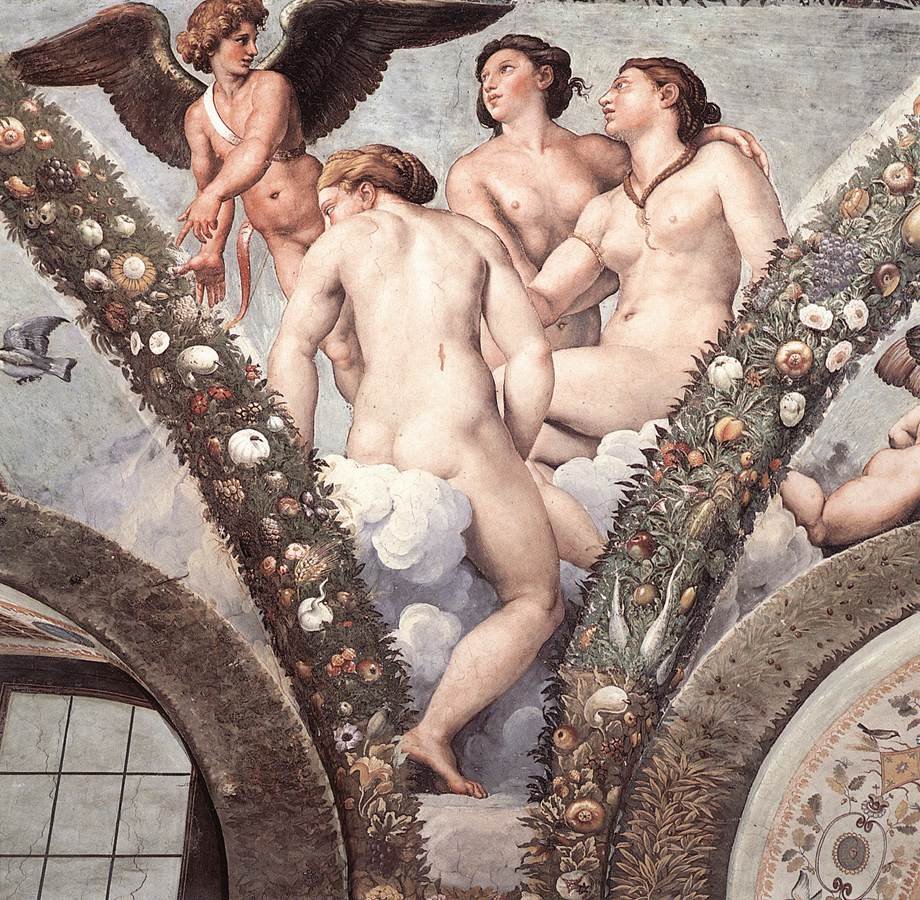A rarely-seen drawing of The Three Graces by Raphael is among the highlights of Drawing the Italian Renaissance, an exhibition at The King’s Gallery, Buckingham Palace.
This exhibition, featuring 150 chalk, metalpoint, and ink drawings by Renaissance masters like Leonardo da Vinci, Michelangelo, and Titian, is the largest of its kind ever shown in the UK.
The drawings, many of which were created as preparatory sketches for larger works, entered the Royal Collection in the 17th century, often as gifts, and some are being displayed for the first time due to their fragility.
The drawing of The Three Graces (c. 1517-18), created in red chalk with traces of metalpoint underdrawing, offers a unique insight into Raphael’s process and his innovative approach to female nudity.
At the time, depictions of female nudes were rare, and the male body was the predominant focus of artistic study.
As Renaissance historian Maya Corry explained, the male physique was often regarded as the closest representation of divine perfection, as seen in works like Leonardo’s Vitruvian Man.
The Christian society of the era viewed the male body as “made in God’s image,” and the artist’s workshop was overwhelmingly male, which made it socially unacceptable for women to undress in front of men who weren’t their husbands.
Consequently, male models were often used for female figures, leading to distorted representations of the female form.
However, Raphael broke this trend by drawing female nudes based on real-life models, showcasing his pragmatism as an artist.
Martin Clayton, the exhibition’s curator, highlights Raphael’s ability to use drawing to solve visual problems quickly and effectively, capturing immediate responses to the human figure.
The Three Graces drawing exemplifies this, as Raphael moves a single model through three poses, capturing the nuances of the female body for his fresco The Wedding Feast of Cupid and Psyche.
The drawing is not just a study of anatomy but also reflects the Renaissance’s fascination with the science of the human form.
The women’s biceps and quadriceps demonstrate the same anatomical precision found in Leonardo’s studies of muscles, but Raphael also imbues the figures with a softness, particularly in their faces and abdomens.
This contrasts with the more angular, sinewy representations of male figures in other works in the exhibition, such as Pietro Faccini’s The Head of a Youth and Bartolomeo Passarotti’s St Jerome.
Through this drawing, Raphael reveals not only his technical genius but also his ability to balance the intellectual and artistic demands of the Renaissance, offering a fresh, humanizing portrayal of the female form in a time when such depictions were rare and often distorted.
Also read: Vic Flick, Iconic Guitarist Behind James Bond Theme, Dies At 87
